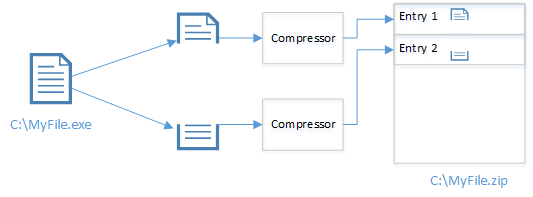Tunneling explained
Tunneling is an effect where two shapes can get stuck in each other or simply pass each other without impact. The effect exist because we are limited by the CPU and have to do the calculations in timesteps instead of one continuous stream.
The effect comes apparent especially at high velocities and/or with small shapes. Bullets of a gun is a perfect example because they are usually fired with high velocity and are small in size. To illustrate this, have a look at the following picture:
(The numbers illustrate the timestep/seconds)
Imagine that it runs at 1 second per update with a velocity of 34 pixels/second
Everything is fine because the bullet hits the wall as it should and the physics simulator responds with a proper collision reaction.
But when we turn up the velocity to 89 pixels/second, then this happens
The bullet went right through the wall - the physics engine never had a chance of responding to the collision because it never happened - that is what is called tunneling.
What can be done about it
There exist something called CCD or Continuous Collision Detection. It is a name that covers several different methods of preventing tunneling, one of the more used ones is Conservative Advancement. CA is a substep that is performed within a world timestep. Tt moves the shape along its path until it reaches the next timestep. This is very CPU expensive so it is best to turn it on only for shapes that needs it.
There are simpler ways of limiting tunneling, but they are not as effective in all cases:
- Use a smaller timestep in the physics engine
- Use raycasting
- Make your shapes larger
- Make your shapes slower


Comments
Post a Comment